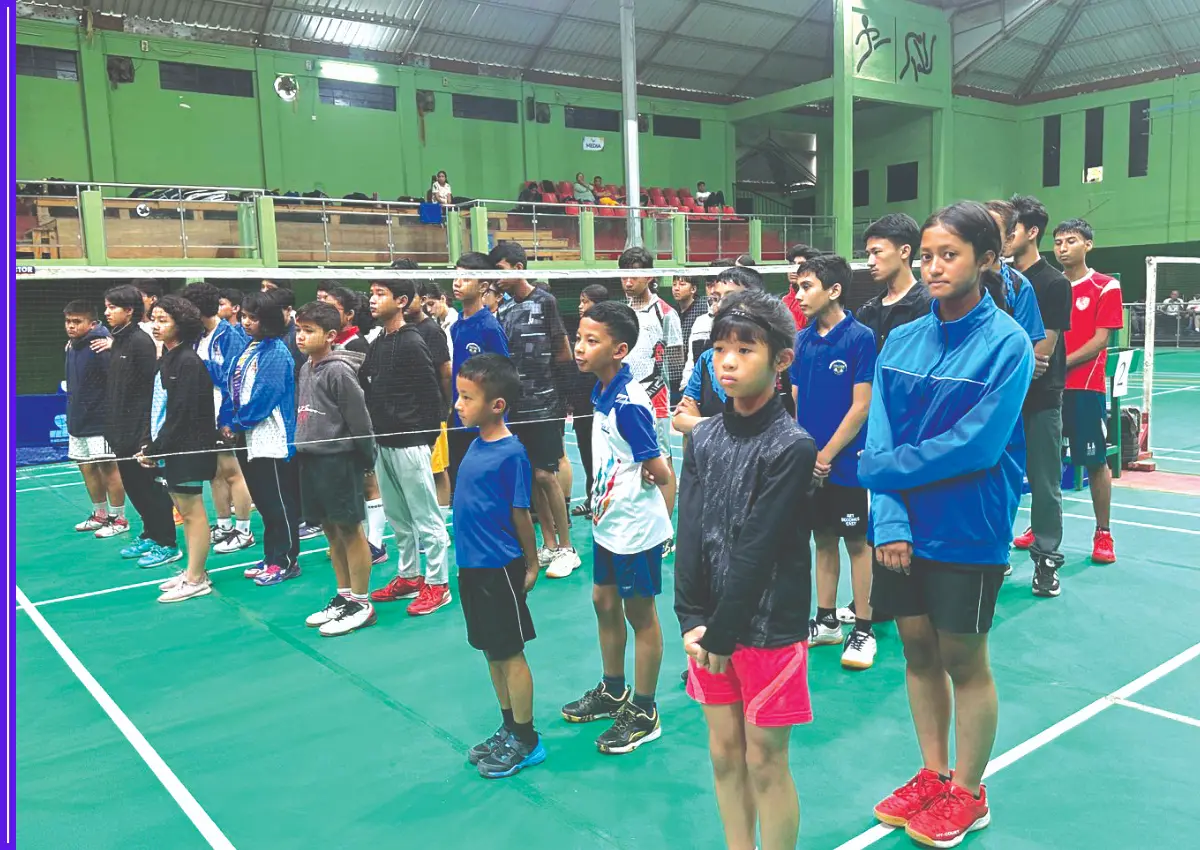As the world’s biggest democracy, we must seriously consider the needs of half of our populace while enacting legislation.
As a young democracy, we have not yet come to terms with the basic fact that men and women have distinct experiences and that laws affect each gender in various ways. One of the first venues where we could see this in action was the Constituent Assembly. Thus, we must first analyze the Constituent Assembly discussions to assess the female gaze’s presence—or absence—in lawmaking.
Only fifteen women made up the Constituent Assembly after independence, despite the general feeling of hope and idealism at the time. According to research by PRS, only 2% of the words spoken at the Constituent Assembly were provided by the 10 women who took part in the proceedings. Regardless of the quantity, we do discover an abundance of discussions, including the feminist viewpoint, led by these female individuals.

Having stated that it is crucial to look at a particular discussion on December 3, 1948, during which Article 23 of the Indian Constitution, as it exists today, was discussed. Forced labor and human trafficking are forbidden by Article 23. K T Shah introduced a motion to alter Article 23 to include the repeal of the devadasi system.
The Assembly deliberated in great detail over whether the system of devadasis—the offering of women to temples—should be explicitly abolished under this article. Regarding this, Renuka Ray’s statement is particularly significant for comprehending the perspective of women on the matter. She made the case that Shah’s proposal should be adopted because she thought it would be a better way to abolish the custom. While acknowledging that Madras had previously passed laws against the practice, she anticipated that a categorical repeal in the Constitution would offer far more impetus to break the deeply ingrained practice in other areas.
When considered in the context of gender and tradition, a neutral clause for the outlawing of human trafficking brings to light the complicated reality that women face. In this lecture, Renuka Ray refers to the effects of customary practices on women, which cannot be resolved by law alone. According to her, the practice won’t end even if the Constitution does, unless the social norms that gave rise to the trafficking of women are eliminated. Women who have experienced such circumstances firsthand or who have seen events as women may largely contribute to this understanding of the complicated reality of women and the influence of law. For this reason, it becomes crucial to use the feminine gaze during the legislative process.
Nonetheless, the number of female lawmakers in the state legislatures or the Parliament is always correlated with the female gaze. To support this, it’s critical to examine yet another insightful argument made by Purnima Banerjee, a well-known member of the Constituent Assembly. She spoke in favor of keeping the proportion of women in the Constituent Assembly, highlighting the significance of the female viewpoint in the drafting of laws.
On October 11, 1949, representatives of the Sikh and Muslim communities were debating whether to replace members of the Assembly who had vacated their seats. Purnima Banerji proposed an amendment to extend the same clause to women in response to this. In other words, if any of the women holding seats in the Constituent Assembly were to resign, other women should take their place. She cited a specific occasion in which three women gave up their seats, leaving all of the men’s seats empty—that is, without any women of comparable ability or quality.
Her reasons for saying this were equally interesting. She starts her reasoning with the fact that the nature of the Indian state had changed from a police state to a welfare state, and that functions like healthcare and education were an indispensable part of a welfare state’s agenda for development. This, she claims, warrants the association of women in the field of politics and hence it is indispensable that women are amply represented in the Constituent Assembly.
The much-awaited Nari Shakti Vandan Adhiniyam (Women’s Reservation Act) was only approved in 2023, thus it is evident that there is still a long way to go in terms of trying to incorporate the female gaze in law-making when we reflect on 78 years of Indian independence. A 15-year reservation of 33% of the seats in the Lok Sabha and all state assemblies is the goal of this Act of Parliament. Although this Act is a positive move, it is dependent on a number of factors, chief among them the political parties’ willingness. In the end, this will mean helping the lawmakers create laws that serve India’s “other” half of the population. For women, this is shakti in its truest sense, and









